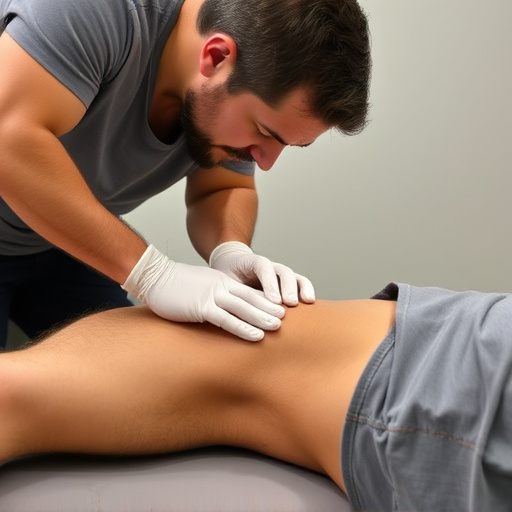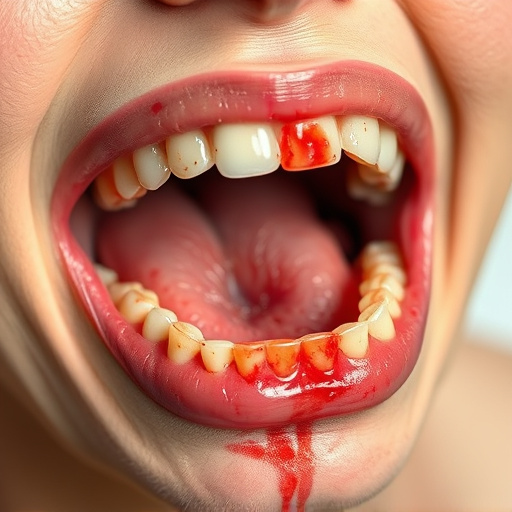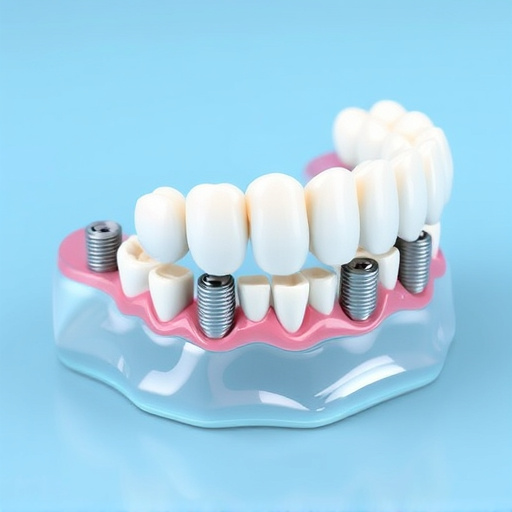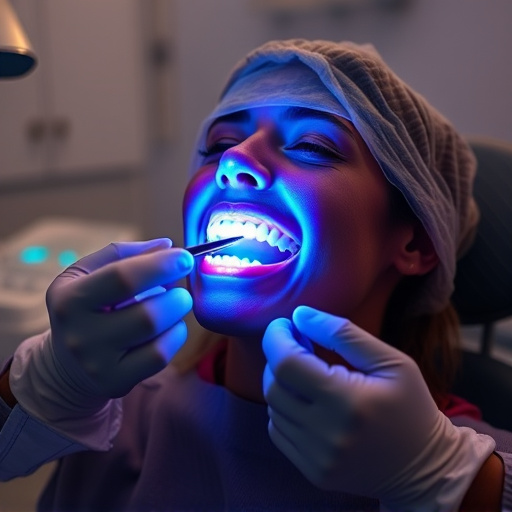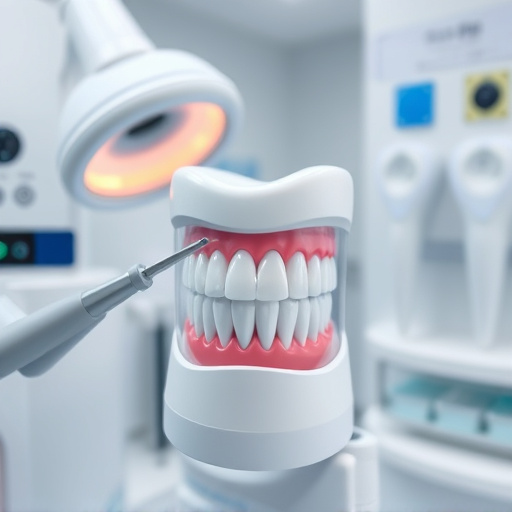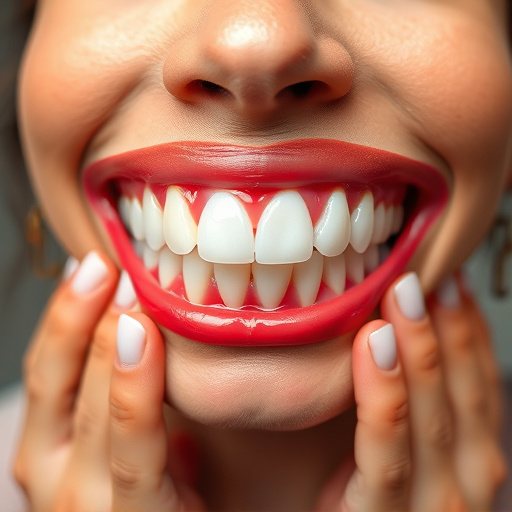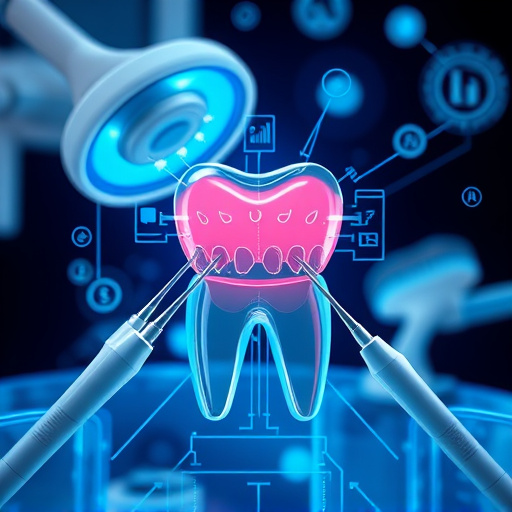TMJ disorder, a complex condition affecting the temporomandibular joint, has various causes including muscle tension, arthritis, misaligned teeth or jaws, trauma, and bruxism. Symptoms range from jaw pain to facial tenderness. Non-invasive treatments like jaw exercises and counseling are highly effective for managing symptoms and improving quality of life, often preferred over invasive procedures for mild to moderate cases. Integrative care, combining jaw exercises with counseling, offers holistic treatment addressing both mental and physical health aspects for chronic TMJ disorder management.
“Uncover effective solutions for TMJ disorder treatment with a holistic approach. This article explores the multifaceted condition, delving into its causes and recognizable symptoms. We present non-invasive treatments, highlighting the power of jaw exercises in alleviating discomfort. Additionally, discover the transformative effects of counseling as an integral part of recovery. By combining these strategies, individuals can experience significant relief from TMJ disorder symptoms, achieving a higher quality of life.”
- Understanding TMJ Disorder: Causes and Symptoms
- Non-Invasive Treatments: The Role of Jaw Exercises
- Integrative Care: Combining Counseling for Holistic Relief
Understanding TMJ Disorder: Causes and Symptoms

TMJ disorder, or Temporomandibular Joint Disorder, is a condition that affects the temporomandibular joint (TMJ), which connects your jawbone to your skull. It’s a complex joint that enables jaw movement and makes it possible for you to chew, speak, and yawn. Understanding what causes TMJ disorder is crucial in managing its symptoms effectively. The condition can arise from various factors such as muscle tension, arthritis, misaligned teeth or jaws, trauma, or grinding your teeth (bruxism).
Common symptoms include jaw pain, headaches, earaches, popping or clicking sounds in the joint, difficulty opening or closing the mouth, and even facial tenderness. Many individuals with TMJ disorder experience pain that can radiate to other areas of their head, neck, and shoulders. While there are surgical options like dental implants or clear aligners for severe cases, non-invasive treatments such as jaw exercises and counseling have proven effective in managing symptoms and improving overall quality of life for many patients.
Non-Invasive Treatments: The Role of Jaw Exercises

TMJ disorder treatment often begins with non-invasive approaches, and jaw exercises are a cornerstone of this approach. These exercises focus on strengthening the muscles that control the temporomandibular joint (TMJ), thereby improving its stability and range of motion. By gently stretching and contracting these muscles, individuals can alleviate tension and pressure within the TMJ, reducing symptoms such as pain, clicking sounds, and difficulty opening or closing the jaw.
In comparison to more invasive procedures like dental implants or clear aligners, which address underlying structural issues or tooth misalignments, jaw exercises offer a conservative and cost-effective solution. They are often recommended as an initial treatment plan, especially for patients experiencing mild to moderate TMJ disorder symptoms. Regular practice of these exercises can lead to significant improvements in jaw function and overall quality of life, making them a valuable component of TMJ disorder treatment.
Integrative Care: Combining Counseling for Holistic Relief

Integrative care approaches have gained prominence in TMJ disorder treatment, recognizing the profound connection between mental and physical health. By combining jaw exercises with counseling sessions, patients can address both the physiological symptoms and underlying emotional stressors contributing to their condition. This holistic relief strategy proves particularly effective for managing chronic pain and dysfunction associated with TMJ disorders.
Counseling offers a safe space to explore psychological factors like stress, anxiety, or depression that often intensify TMJ symptoms. Skilled therapists guide patients through techniques to improve coping mechanisms, enhance self-awareness, and develop healthier habits. In tandem with targeted jaw exercises designed to restore alignment and mobility, this comprehensive dental care approach empowers individuals to take control of their well-being. Regular oral exams become not just diagnostic tools but integral parts of a holistic journey toward lasting TMJ disorder treatment and improved quality of life.
TMJ disorder treatment can be effectively addressed through a combination of jaw exercises and counseling. By understanding the root causes and symptoms, individuals can explore non-invasive treatments that offer significant relief. Integrative care approaches, which incorporate counseling alongside physical therapy, provide holistic solutions for managing TMJ disorder and improving overall quality of life. These comprehensive strategies empower individuals to take control of their condition and find lasting comfort.






